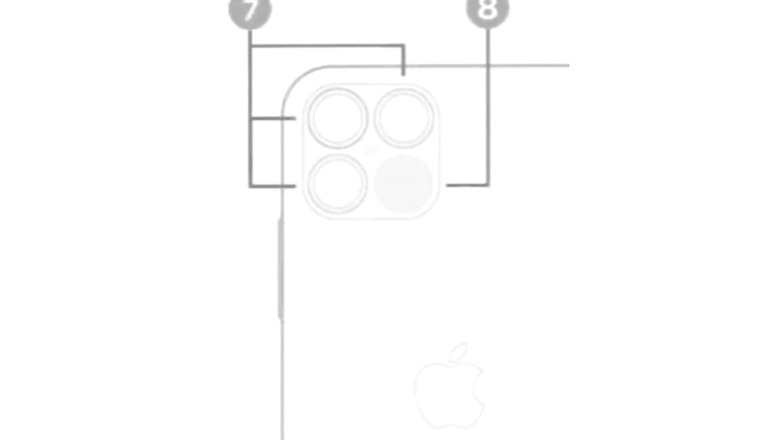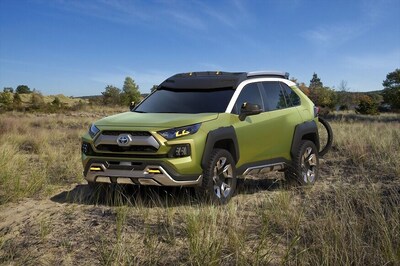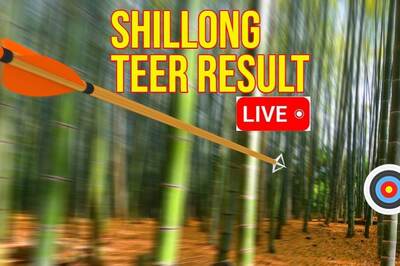
views
The iPhone 12 Pro and Pro Max, Apple's flagship iPhone variants for 2020, have already been rumoured to feature quad rear camera setups, among other upgraded features. Now, a new leak has showed up a purported design schematic, which suggests that the iPhone 12 Pro and Pro Max would feature a LiDAR sensor as the fourth unit of the iPhone camera module. So far, leaks had suggested that there will be some sort of focus on depth sensing for the new iPhones, and now, it appears that Apple is taking the same approach as it did with the recently refreshed iPad Pro lineup of 2020.
If this turns out to be true, then Apple will likely become the first company to use a LiDAR sensor in a smartphone. So far, most smartphones that use specialised depth sensing modules use a 3D Time of Flight (ToF) sensor, which depends on infrared rays to scale rooms and gauge patterns in front. LiDARs are more sophisticated and specialised depth sensing units, which not only work faster, but also more accurately — hence offering the scope of more sophisticated augmented reality applications in any device that it is part of.
While other related details are not quite clear yet, using a LiDAR sensor will most likely be more expensive on Apple's part, as a result of which the iPhone 12 Pro and Pro Max might just become even more expensive than their already lofty price points. On top of that, Apple's iPhone 12 lineup is slated to be the first 5G iPhones, which itself had already suggested a considerable price revision for the upcoming devices. The iPhone 12 and iPhone 12 Plus, on the other hand, are still expected to retain LCD displays, and in all likelihood, a dual camera layout this year as well.
A previous report had cited iOS 14's source code to suggest that Apple may be working on a native augmented reality app with advanced room scaling features. This had sparked off speculations about the iPhone 12 lineup featuring some sort of specialised apparatus to make use of the app, which would hold true if the iPhone 12 actually launches with a LiDAR sensor in tow.



















Comments
0 comment